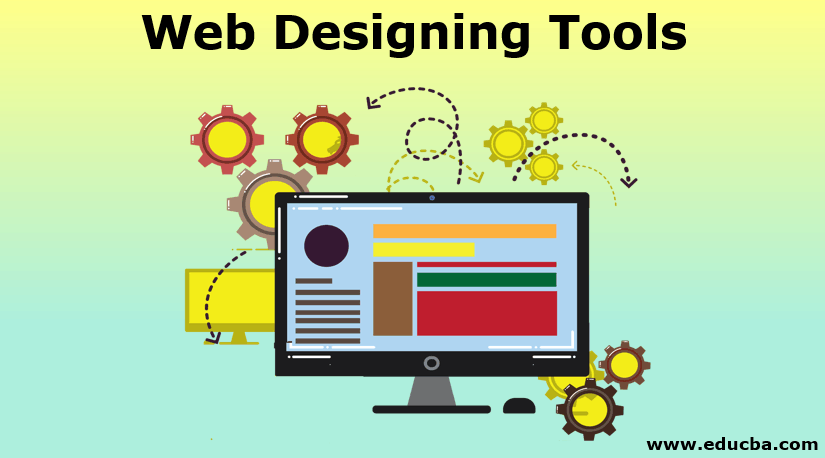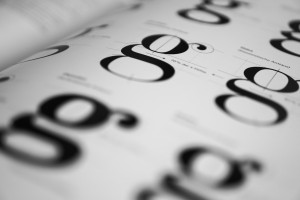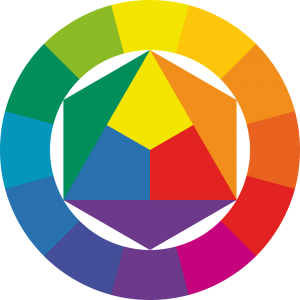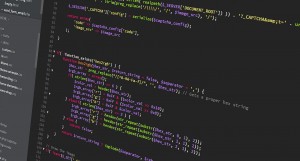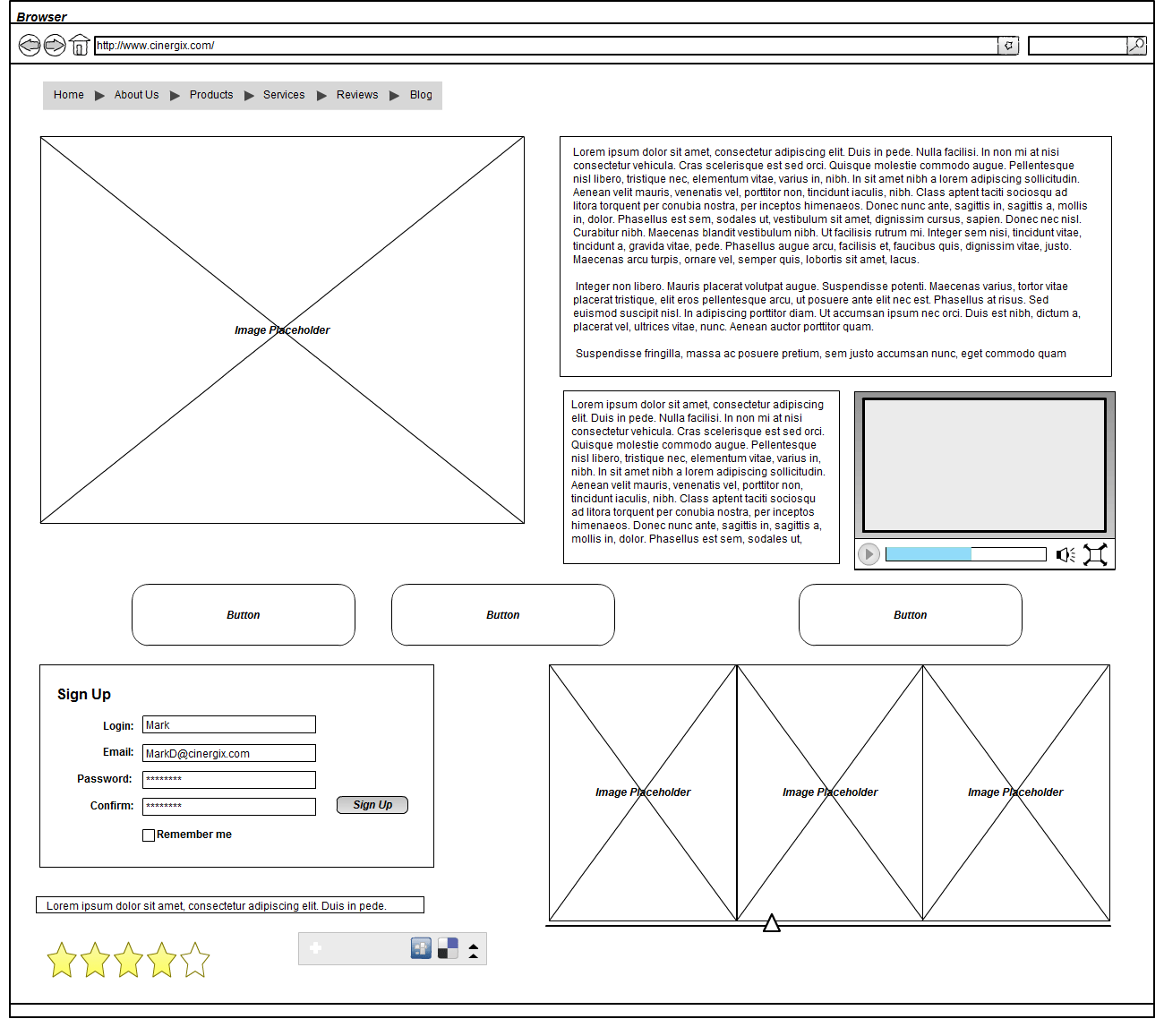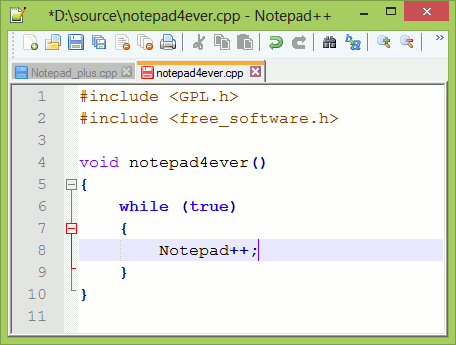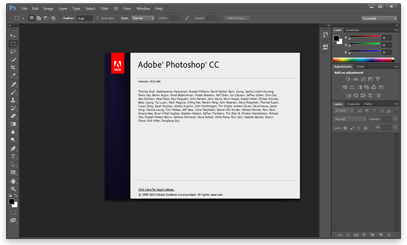Beginners Guide to Web Designing Tools
Are you looking to design your website? Or do you want to make a career out of web designing tools? Well, it is going to take a lot of work. It takes time, patience, and lots of hard work to design your website. While a single article is not enough to bestow all the skills, tools, and technology needed to become a web designing tool, this detailed guide will help you get in the right direction. Once you know the path, you need constant development and learning to reach your destination.
This guide is for those with no formal background or education in web designing tools. As long as you know the basics of operating a computer, you should be able to follow this guide pretty well. However, web designing tools are a pretty high-end subject. You might start from the basics, but you must pick up many skills and knowledge, like human interaction with website designing, color theory, and coding languages such as CSS and HTML. You may also have to learn JavaScript and other programming languages. Then there is search engine optimization, content management systems, etc.
Concepts of Web Designing Tools
Let’s begin by going through some of the concepts of web designing tools:
User Experience Web Designing Tools
Also called UX or UI design, user experience design is basically about knowing how people will view, interact with and use your website design and how to use that knowledge to make a better website design. A lot of work is involved and lots of trial and error too. How you interact with and experience a website design may differ from how others do. Your web designing tools may make perfect sense to you but need clarification on others.
While you learn about user experience design, it is also a good idea to start reading up on wireframing, which is how you sketch fundamental web designing tools and layout ideas. The sketches and concepts are rough, so you can use a good old pen and paper or alphabet. You can switch to a tablet or desktop as your web designing tool’s layout ideas become more detailed. This process determines how your website design will work, starting from scratch.
Learning Aesthetic Skills
Some people focus on learning to code before going for aesthetics. Still, covering the theoretical bits of aesthetics can be more beneficial before dipping your hands into coding. Aesthetics, after all, can be pretty tricky to master. There is no accounting for taste; what looks good for you may be unpalatable to others. Fonts that work well with your entire website’s theme may look weird and downright wrong to others. Everything is subjective, but there is a science to it all. If you can nail down this science and master the basic rules of aesthetics, you can get past most problems associated with this part of web designing tools.
1. Typography
Images and videos are becoming all the rage online, but text remains and will always be the most significant part of website design. The internet is all about words and how to make them look and read amazing. Writing good text is up to the writer, but making it look good depends on the typography. Typography is not just about picking a font, though. It is also about choosing a suitable font size and the type and arranging it to make it readable to your website visitors, irrespective of the browser they use on which device. It also creates a visual hierarchy between the headings, titles, and body.
Once you know the rules of typography, it is time to pick the right fonts for website design. You can find many free ones; Google Web Fonts, in particular, can be a great tool. In web designing tools, many designers choose Google fonts because they can embed them into the website design. You can find some great Google Font combinations online or use the Web Font Combinator to pair and preview your font combinations.
Sometimes, you may have to embed the fonts independently, which is less convenient. It would help if you learned some essential CSS and HTML coding to learn how to embed fonts independently.
2. Color Theory
It is more than just about learning the technical names of various colors. It deals with color combinations and how different colors can have other impacts on human emotions. Color theory is actual science and can significantly affect your website design’s usability and user experience. For instance, the text on a web page would only be evident if its color was close to that of the background. Screen glare, visual impairments, and poorly configured screens can add to the challenges.
3. HTML
Once you know the aesthetics and theory behind web designing tools, it is time to get your hands dirty and learn some coding, starting with the most fundamental language: Hypertext Markup Language or HTML. Every website design uses HTML, which tells the web browser whether it looks at a video, link, image, or text.
The following language you need to learn is Cascading Style Sheets or CSS, which makes your website design look good. It tells the browser the font of the text and the colors of various elements. It can also define the website design layout, the buttons’ look, the size of multiple factors, and even animations.
HTML and CSS are easy to pick up but extensive and can be used in various ways to make unique web designing skills. It takes time and practice to learn how to use them effectively.
4. JavaScript
Learning JavaScript is optional, but it can be a huge bonus. It is a programming language that can manipulate web content in ways not possible through just CSS or HTML. But it is unnecessary for every website design and can be slightly more challenging to grasp than HTML or CSS. Nevertheless, it is a beneficial and essential technology for web designing skills. You can add fancy elements such as slideshows or call in new content without reloading the page. It can improve website design usability.
Getting the Tools Needed
Web designing skills require specific tools, processes, and workflows, although it is hard to lock onto a particular mix. Everyone has their favorite tools, and some would defend their selections with savage loyalty. Leaving aside this intense loyalty, it is always a good idea to keep experimenting with new web designing skills rather than locking yourself up.
It is never a good idea to lock yourself into a limited number of tools and get too comfortable with them. Keep experimenting with new tools and keep your mind fresh. To begin with, however, let’s look at the free ones.
All Major Browsers
The major browsers – Mozilla Firefox, Google Chrome, and Microsoft Internet Explorer – work uniquely and can display the same web page differently. It would help if you saw your website’s appearance in all these major browsers and ensured no significant problems. Website layouts, in general, are pretty much uniform across the major browsers thanks to improvements in their capabilities, but we can’t say the same for all elements. The key to good web designing skills is to test in multiple environments.
Mobile browsers also need to be used, although you would be limited to the devices that you currently own. Nevertheless, most major mobile browsers today have similar capabilities. Chrome is the most common mobile browser, but Mozilla is working on a mobile version of Firefox for iOS. Opera and Opera Mini are other common alternatives.
Wire-framing Tools
You can use a basic pen and paper or a drawing app for wireframing. The key is to have something disposable and a platform for sketching rough ideas to refine them more.
Drawing Apps
Once you begin making accurate wireframes for the basis of your code, it is time to get yourself a wireframing app. Google Draw from Drive is a good option because it features all basic shapes and lives collaboration and sharing features in case you want to work or get help from someone else. It is also web-based, and you get around 15GB of free space. If you work with your tablet, you must find an alternative. You can also try a free online wireframing tool to create and test wireframes in just minutes. With premade design widgets and templates, you can quickly bring any wireframing idea to life with simple drag-and-drop actions.
Code Editor
An individual can code HTML and CSS on something as basic as Notepad. You only need a text editor, not a word processor like Microsoft Word. Code editors are text editors with added functions to simplify coding programs and websites.
Many of them are available, and the best thing to do here is an experiment and not keep yourself limited to just one. For beginners, an excellent option to start with is Brackets. It is stable, accessible, and works on Linux, Mac, and Windows. Brackets are also specifically designed for those who build web designing skills websites on the browser.
Image Editor
Text forms most of the website content, but images are also a big part of the experience, and you need to create and edit icons, logos, photos, and other images for your website. Once again, the key is to keep experimenting with different programs. You must pay for these editors, but free trials are available to test them. Common ones include GIMP, Photoshop, Paint.Net, CorelDraw, and other Corel apps.
Local Server
This one is optional, but installing a web server on your personal computer is a good idea. A web server allows people to access all or parts of your website. A local server remains closed from the internet unless you have a fast internet connection and a powerful computer. Instead, you can set up a server to imitate how things work online. Working with a locally installed server can save lots of time when uploading your files onto an actual hosting server. XAMPP is a good option for beginners to set up a local server. Beginners can install it on Linux, Mac, or Windows.
Steps to a Website Designing
Now that you have the tools, skills, and knowledge needed, it is time to look at the web designing skills process quickly:
Bringing in the Content
Creating website content is different from the web designing skills process. You have to write the content yourself or get it from your client. You can hire a photographer or copywriter or choose good stock images. In any case, you need to get all the content, including the text and pictures, organized and ready to go.
Once you have all the content, it is time to organize everything. What goes on the home page and other pages, and how are these pages connected? These questions are essential in establishing a structural organization to determine your site navigation, file organization, and other aspects.
Wireframing is an excellent process to follow here. Start with disposable wireframes and keep things basic. It is a quick process and should not take over half an hour to complete each page. Make more detailed versions once you finish with the disposable wireframing process. Include actual content as much as possible and add individual elements such as buttons and forms. Keep adding more definitions. If you have many pages of the same type, make a page of each.
Coding
It is finally time to get your coding hat on and fire up your text editor. The key here is to keep typing code until you are happy with the final output. The Brackets text editor has an excellent feature for this: the Live Preview button. It opens up a Google Chrome browser window that is up to date with the changes you make to the code. During this process, you will resize your browser several times to see how the website looks in various sizes. There will be trial and error.
Testing
With the basic code in place, it is time to test the website on all the primary desktop and mobile browsers and fix the bugs. Do not worry about minor inconsistencies; the key is to make the user experience positive irrespective of the browser. The user should be able to navigate the site as they intended and reach the call to action.
Recommended Articles
This has been a guide to making a career out of web designing tools. Well, it is going to take a lot of work. These are the following external link related to web designing tools.

